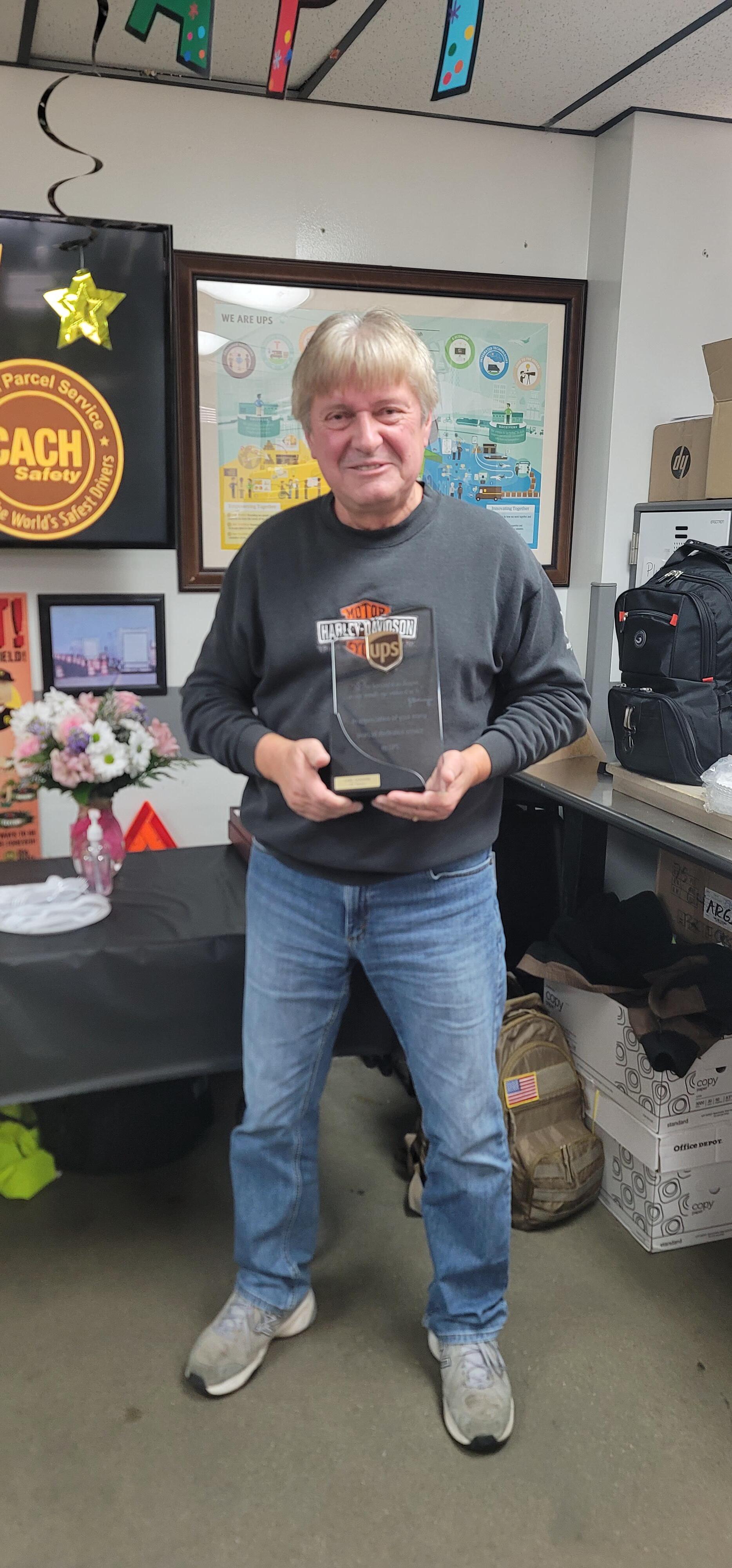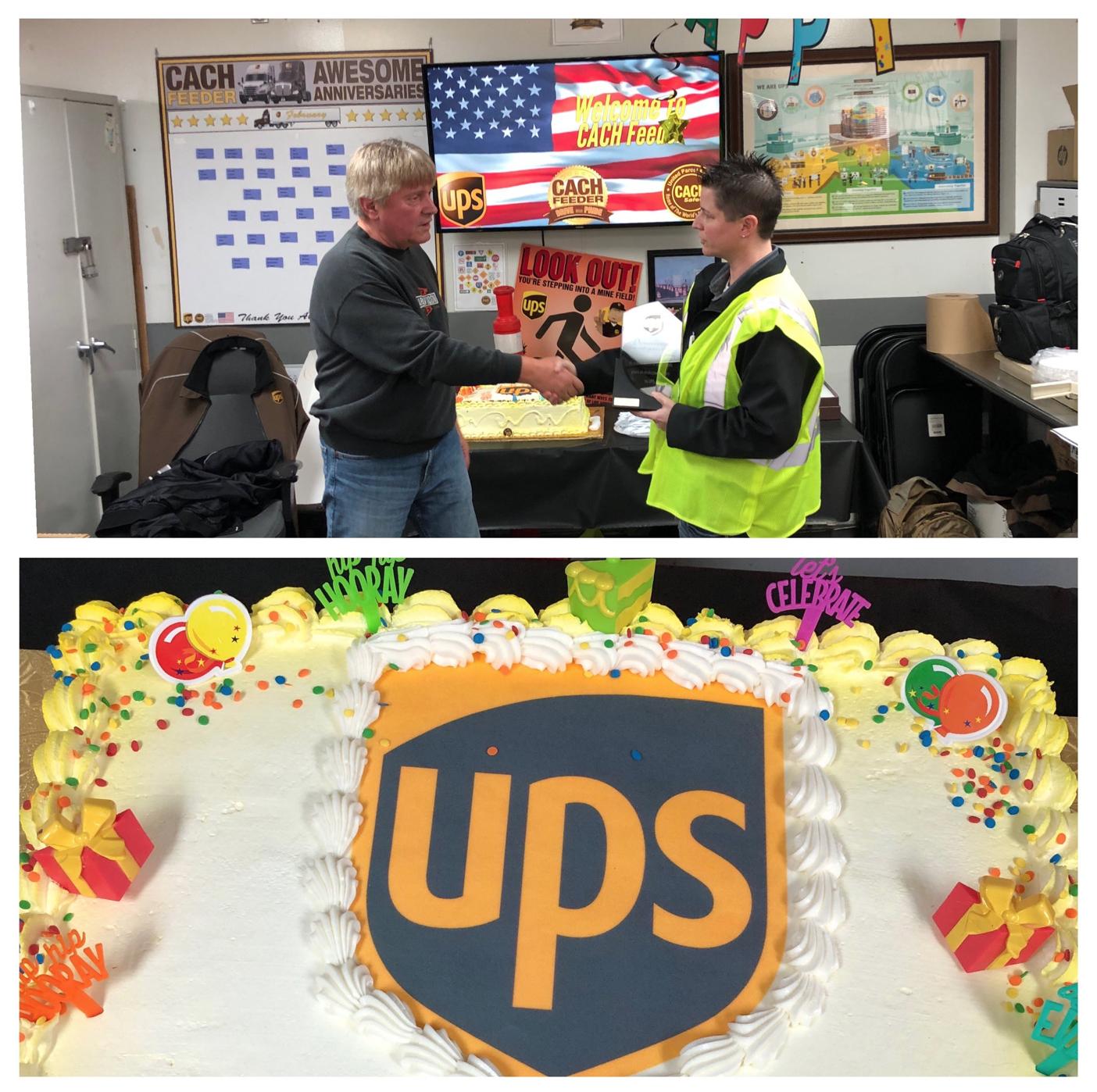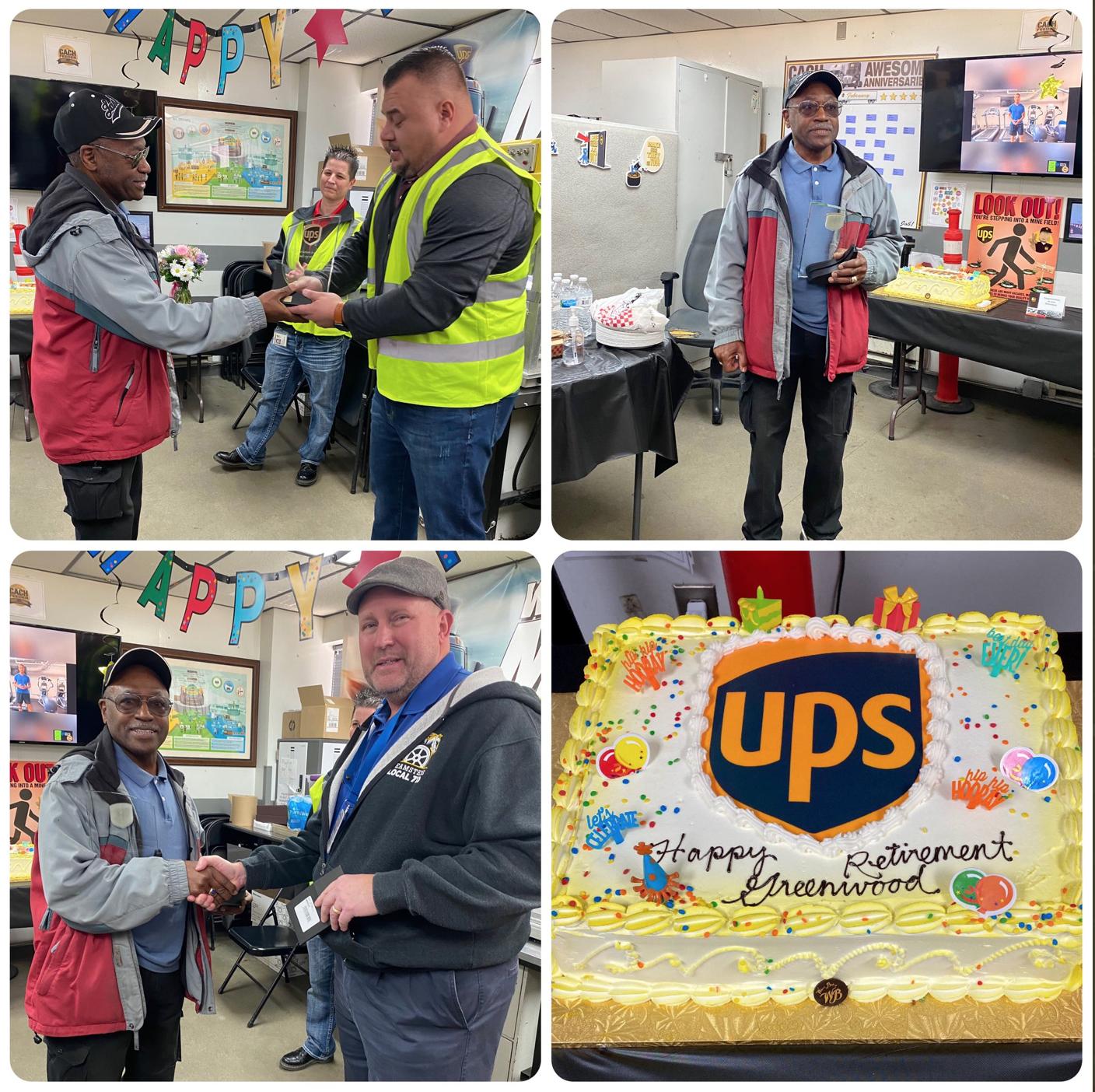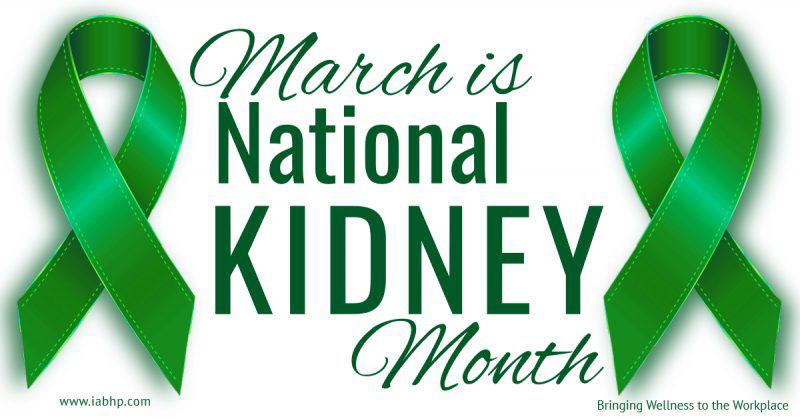


















March is dedicated to National Kidney Month. The kidneys, two bean-shaped organs located in the back of the abdomen, perform crucial functions to filter out toxins, produce red blood cells, and regulate pH. They filter about half a cup of blood every hour, creating urine from harmful and unnecessary waste. When kidneys fail to function properly, waste builds up in the blood and leads to a weakened system and a host of problems like anemia, nerve damage, and high blood pressure. Chronic kidney disease(CKD) affects more than 1 in 7 American adults and is the 9th leading cause of death in the U.S.
National Kidney Month, observed every March, brings awareness to kidney health and encourages people to support kidney disease research and take steps to keep their own kidneys safe and healthy.
Kidneys filter blood, make urine, and produce the red blood cells that carry oxygen through your body. These vital organs also control blood pressure and produce vitamin D to keep bones strong.
Malfunctioning kidneys can lead to painful kidney stones and infections that, left untreated, require a transplant. Some pre-existing conditions, like high blood pressure and diabetes, put you at increased risk for kidney disease.
Chronic Kidney Disease(CKD) affects almost 40 million American adults. In 2016, three-quarters of a million people in the U.S. required dialysis or a kidney transplant. Dialysis and kidney transplants, the only treatment options for severe kidney failure, are difficult, expensive, and not always available. Patients seeking new organs may not always get them in time to survive; in the U.S., twelve people die each day waiting for a kidney.
To prevent kidney disease, the National Kidney Foundation recommends taking proactive steps to keep your kidneys healthy and prevent the onset of CKD. You can protect your kidneys by managing high blood pressure, making healthy food and drink choices, and reducing stress.
The National Kidney Foundation grew out of a mother’s determination to further research into treatment for kidney conditions. When her infant son was diagnosed with nephrosis, Ada DeBold started the Committee for Nephrosis Research to organize efforts to find treatments and connect patients and doctors. DeBold continued crusading for the organization, which eventually became the National Kidney Foundation. The Foundation conducts fundraising to support important research into the treatment and prevention of kidney disease.
1984
National Organ Transplant Act Passes
The NOTA establishes the National Organ Procurement and Transplantation Network, which maintains an organ matching registry to address organ shortages and streamline the donation process.
1954
First Successful Kidney Transplant
The first successful kidney transplant is performed between two identical twins in Boston.
1943
Dialysis Invented
Dutch doctor Willem Kolff invents the “artificial kidney” to clean the blood of kidney failure patients.
1902
Animal Experiments
The first successful kidney transplants in animals are performed at the Vienna Medical School.
WHAT MONTH IS NATIONAL KIDNEY MONTH?
National Kidney Month is observed annually during the month of March.
IS THERE A RIBBON FOR KIDNEY DISEASE?
Kidney Disease Awareness is symbolized by the color green. Purchase green ribbons, green wristbands, or green magnets directly from a Kidney Disease Awareness non profit in order to help raise funds for treatments.

WHAT ARE THE SYMPTOMS OF CHRONIC KIDNEY DISEASE?
Symptoms include difficulty urinating or less urine, sweeping in the extremities, shortness of breath, nausea, and feeling cold and tired. If you experience chronic symptoms that you suspect are related to kidney function, consult your physician.
remember: kidney disease is highly treatable, so get yourself checked A.s.a.p. Access the Qr codes to the right to further your knowledge on how to prevent, manage and maintain proper kidney health.......YOU CAN DO IT!
1. JOIN THE ORGAN DONOR REGISTRY
Most organ donations come from deceased people. Register to be an organ donor when you die and your healthy organs and tissue can save dozens of lives.
2. DONATE TO A KIDNEY NON-PROFIT

Non-profit organizations do the important work of raising awareness about kidney disease, providing resources and assistance to patients, and connecting patients, doctors, and donors.
Are you keeping your kidneys healthy? Aim for a lower intake of sodium and sugars, more whole grains and low-fat dairy, and regular exercise to reduce your risk of kidney disease, high blood pressure, diabetes, and other diseases.
1. YOU ONLY NEED ONE KIDNEY TO LIVE
Although you’re born with two kidneys, each of which have about 1.5 million blood-filtering units(nephrons), you only need about 300,000 nephrons to filter your blood properly.
2. YOUR KIDNEYS ARE LOPSIDED
The right kidney is slightly smaller and sits lower than the left to make room for another important organ, the liver.
3. YOU CAN DRINK TOO MUCH WATER
This can cause a condition called hyponatremia, which, though not common, can damage the kidneys.
4. SAUSAGE CASING AND ORANGE JUICE CANS
Willem Kolff, who invented the first artificial kidney that led to today’s dialysis technology, used sausage casings, orange juice cans, and a washing machine to create a rudimentary blood cleaning mechanism.
5. CLIMATE CHANGE MAY INCREASE KIDNEY DISEASE
As parts of the world get warmer, the dehydration that leads to kidney disease is likely to rise among manual laborers.
A. IT REMINDS US TO BE GOOD TO OUR BODIES
Make sure you take care of your body and your vital internal organs so they can continue taking care of you.
B. IT’S A CHANCE TO EXPRESS GRATITUDE FOR


If you have fully functional kidneys, be grateful! Take a minute to feel gratitude for all the internal organs that do the invisible, daily work of keeping us alive.



Just a few decades ago, kidney disease could mean a death sentence. Today, although it’s still a serious and frightening illness, we can often fight off kidney failure with dialysis and organ transplants.

Financial health is a term used to describe the state of one’s personal monetary affairs. There are many dimensions to financial health, including the amount of savings you have, how much you’re putting away for retirement, and how much of your income you are spending on fixed or non-discretionary expenses.
The state and stability of an individual’s personal finances and financial affairs are called their financial health. Typical signs of strong financial health include a steady flow of income, rare changes in expenses, strong returns on investments, and a cash balance that is growing. To improve your financial health, you need to assess your current net worth, create a budget you can stick to, build an emergency fund, and pay down your debts.
Financial experts have devised rough guidelines for each indicator of financial health, but each person’s situation is different. For this reason, it is worthwhile to spend time developing your own financial plan to ensure that you are on track to reach your goals and that you’re not putting yourself at undue financial risk if the unexpected occurs.
To get a better grasp of your financial health, it might help to ask yourself a few key questions—consider this a self-assessment of your financial health:
How prepared are you for unexpected events? Do you have an emergency fund?

What is your net worth? Is it positive or negative?
Do you have the things you need in life? How about the things you want?
What percent of your debt would you consider high interest, such as credit cards? Is it more than 50%?
Are you actively saving for retirement? Do you feel you’re on track to meet your long-term goal?
Do you have enough insurance coverage—whether it be health or life?
An individual’s financial health can be measured in a number of ways. A person’s savings and overall net worth represent the monetary resources at their disposal for current or future use. These can be affected by debt, such as credit cards, mortgages, and auto and student loans.
Financial health is not a static figure. It changes based on an individual’s liquidity and assets, as well as the fluctuation of the price of goods and services. For example, an individual’s salary might remain constant while the costs for gasoline, food, mortgages, and college tuition increase. Despite the good state of their initial financial health, the person may lose ground and lapse into decline if they do not keep pace with rising costs of goods.
Typical signs of strong financial health include a steady flow of income, rare changes in expenses, strong returns on investments that have been made, and a cash balance that is growing and is on track to continue to grow.
Improving Your Financial Health isn’t rocket science, you must first take a hard, realistic look at where you’re currently at. Calculate your net worth and figure out where you stand. Develop and stick to a budget and develop good fiscal habits. Stick to a budget and always track your spending, control your debt and don’t get in trouble with credit cards. Be disciplined in your spending and SAVE, SAVE, SAVE! You’ll be amazed at how your finances will grow!
Making money is an action. Keeping money is behavior. Growing money is knowledge. Making money is an action. Keeping money is behavior. Growing money is knowledge.
DID YOU HEAR ABOUT THE DRIVER WHO BACKED INTO THE TRANSFORMER FOR A HUGE REGIONAL MALL, SHUTTING IT DOWN FOR A SATURDAY DURING THE CHRISTMAS SHOPPING SEASON?
True story. And while this is an extreme example, two-thirds of a medium-duty fleet’s collisions happen in a parking lot and involve a fixed or stationary object. The sheer number of incidents and costs of parking-lot types of collisions mean you cannot afford to overlook them. FROM
• Hitting fixed or stationary objects,
• Backing and docking collisions,
• Liftgate injuries,
• Entry/exit from the truck injuries,
• Slips, trips and falls,
• Intersection crashes.
In this article, we’ll look at the first two. A fixed object collision most commonly refers to collisions where the truck was in drive and moving forward when it hit a fixed or stationary object. In contrast, a backing collision refers to any type of collision when the truck was in reverse and backing up.
Whether it is a fixed object, stationary object or backing collision, these types of crashes are often caused by driver inattention or rushing. Drivers often face tremendously tight time schedules and overlapping delivery windows to accommodate 12 to 18 deliveries per day. Delivery time slots have been narrowed to as little as a two-hour window, with as many as three deliveries sharing the same time window. The medium truck fleet also contends with customer preference time windows and 30-minute call-ahead notifications, further contributing to time pressures. Constantly remind drivers about focusing, and finishing a task before moving onto the next one.
As we heard one wise driver manager say once, “I ask you to do a lot, but I demand you do just one thing at a time.” For example, don’t start thinking about paperwork until the truck is in park. Focus.
If drivers are rushed, fleet managers and safety trainers should remind them that they’ll finish faster if they get it right the first time. Nothing slows a driver down more than hitting a pole.
FIXED AND STATIONARY
For medium truck fleets, the two most common types of collisions involve other vehicles or trailers (stationary objects) and low clearance awnings (fixed objects).
Despite the slow speeds in a parking lot, the size and weight of medium trucks can cause significant damage to anything they hit. It’s estimated that the forward-moving fixed and stationary object accidents can account for 30% or more of a fleet’s total annual collisions.
THE BEST APPROACH TO AVOIDING FIXED AND STATIONARY OBJECT COLLISIONS IS TO:
• Approach slowly,
• Scan the area you are approaching, including looking up,
• Get out and look: It’s not just for backing.
At these low speeds, it is easy to stop, activate the truck’s flashers, and hop out for a quick visual scan before making a tight maneuver. Another idea is simply to ban the truck from unusually busy or congested areas. For example, if you can keep your trucks out of busy fueling stations and tight parking lots, you’ll avoid a lot of incidents.
When you know an area will be busy during a certain time frame, work with the store manager to avoid having your delivery windows during that time.
BACKING CRASHES
Backing accidents with a fixed or stationary object are always considered 100% preventable. Most backing accidents will occur within or in the immediate area of a parking lot. They account for about 30% or more of a fleet’s total annual collisions.
WHILE WE CLASSIFY BACKING ACCIDENTS SEPARATELY FROM FIXED/STATIONARY OBJECT COLLISIONS, THEY CAN INVOLVE FIXED OR STATIONARY OBJECTS, SUCH AS:
• Other vehicles, especially passenger vehicles,
• Narrow objects such as poles that can be difficult to see,
• Low-clearance awnings.
The best defense is training. The best option is to teach your drivers techniques for avoiding the need to back up at all. This may require scouting a delivery area or talking to the manager of the facility beforehand, if possible.




REMEMBER: When backing up is necessary, drivers must be aware of their surroundings and know what is behind them. Remember to apply the G.O.A.L.den rule of backing: “Get Out And Look.” Remind them that the company expects them to re-inspect their surroundings as often as needed. It is a good practice to “get out and look” several times on a long back or in a very tight lot. Ask your experienced drivers and supervisors/managers for ideas about how to avoid close calls and tricky situations.
REMEMBER: When backing up is necessary, drivers must be aware of their surroundings and know what is behind them. Remember to apply the G.O.A.L.den rule of backing: “Get Out And Look.” Remind them that the company expects them to re-inspect their surroundings as often as needed. It is a good practice to “get out and look” several times on a long back or in a very tight lot. Ask your experienced drivers and supervisors/managers for ideas about how to avoid close calls and tricky situations.
Keep mirrors clean and properly adjusted at all times. If you cannot see through your windows and mirrors properly you will not be able to observe correctly when changing lanes or overtakingmeaning you will put yourself at greater risk of being involved in a sideswipe incident.
Keep mirrors clean and properly adjusted at all times. If you cannot see through your windows and mirrors properly you will not be able to observe correctly when changing lanes or overtakingmeaning you will put yourself at greater risk of being involved in a sideswipe incident.
Keep mirrors clean and properly adjusted at all times. If you cannot see through your windows and mirrors properly you will not be able to observe correctly when changing lanes or overtakingmeaning you will put yourself at greater risk of being involved in a sideswipe incident.
You must check blind spots every time you change the position of your vehicle. This includes when you change lanes, merge or overtake another vehicle.
You must check blind spots every time you change the position of your vehicle. This includes when you change lanes, merge or overtake another vehicle.
When changing
When changing
• Look and plan
• Look and
• Check what is you.
• Check what you.
• Signal your intentions.
•
• Signal your
•
• Check again that beside your vehicle.
You must check blind spots every time you change the position of your vehicle. This includes when you change lanes, merge or overtake another vehicle.
• Check again beside
A sideswipe incident is one in which the side of one vehicle collides with the side of another.
Always look ahead by at least 12 -15 seconds so that you are aware of what is happening in the distance. This can help you to determine whether you are about to encounter any obstructions in the road and whether the vehicle in front is likely to slow down. This can help prevent you from having to make unexpected departures from your laneand help prevent sideswipe collisions.
Always look ahead by at least 12 -15 seconds so that you are aware of what is happening in the distance. This can help you to determine whether you are about to encounter any obstructions in the road and whether the vehicle in front is likely to slow down. This can help prevent you from having to make unexpected departures from your laneand help prevent sideswipe collisions.
Sideswipe incidents often occur when vehicles change lanes, pass other vehicles, merge onto a highway or swerve to avoid a hazard. A number of incident prevention techniques can help to reduce your chances of being involved in a sideswipe collision.

Sideswipe incidents often occur when a driver is forced to quickly change lanes to avoid hitting the vehicle ahead. Make sure you always travel at a safe speed and always leave at least a two-second gap between your vehicle and the one in front.
Sideswipe incidents often occur when a driver is forced to quickly change lanes to avoid hitting the vehicle ahead. Make sure you always travel at a safe speed and always leave at least a two-second gap between your vehicle and the one in front.
• Recheck the lane turning your
Master Your Entrance lanes motorways are the main carriageway.
To use them safely:
•
• Recheck turning Master Entrance motorways the main To use them
•
• Signal your intention.
• Signal your
•
• carriageway if
•

• wait if necessary.
Always look ahead by at least 12 -15 seconds so that you are aware of what is happening in the distance. This can help you to determine whether you are about to encounter any obstructions in the road and whether the vehicle in front is likely to slow down. This can help prevent you from having to make unexpected departures from your laneand help prevent sideswipe collisions.
Take extra care vehicles are involved of lane-change easily be hidden and the driver of noticing you, resulting

If you must pass
Take extra vehicles are of lane-change easily be and the driver noticing you, If you must
• Pass as quickly
Sideswipe incidents often occur when a driver is forced to quickly change lanes to avoid hitting the vehicle ahead. Make sure you always travel at a safe speed and always leave at least a two-second gap between your vehicle and the one in front.
• Pass as
• Only re-enter whole of
• Only re-enter whole of the
On March 2nd 2023 Mr. Isaac Greenwood Retired from UPS after 47 years of dedicated service. Isaac retires as the #1 driver in seniority as well, Mr. Greenwood began his career with UPS in 1976 racking up a grand total of 32 years of safe driving.
On March 1st 2023 Mr. Carl Sandrick Retired from UPS as well, Carl also is a very well respected senior driver who started his career here in 1975 and moving to feeder in 1985, Mr. Sandrick has also racked up an impressive 40 years of safe driving, EXCELLENT!





St. Patricks Day Quote: “Irish History Fact: We invented whiskey, sarcasm & bare knuckle brawling. All on the same night. In that order.”

__Denis Leary.

